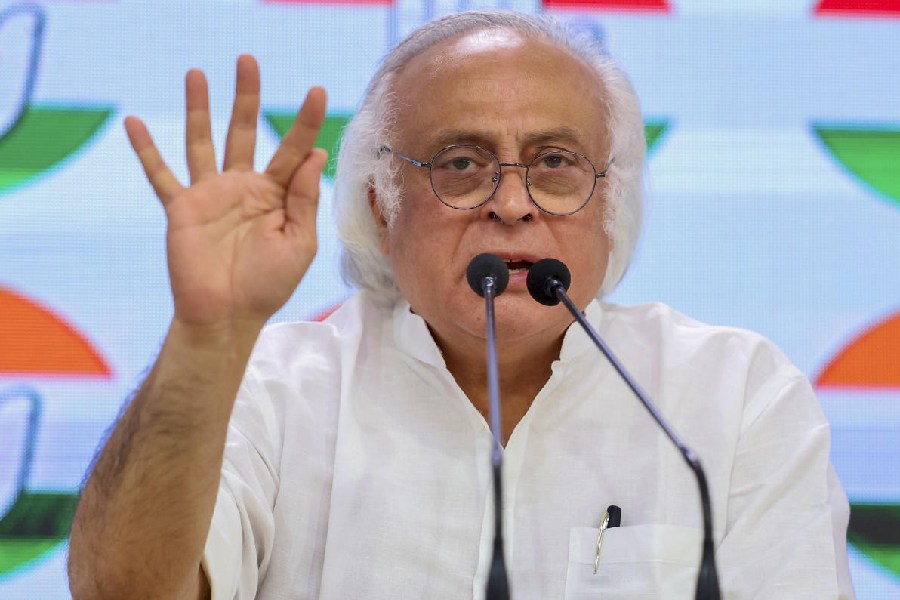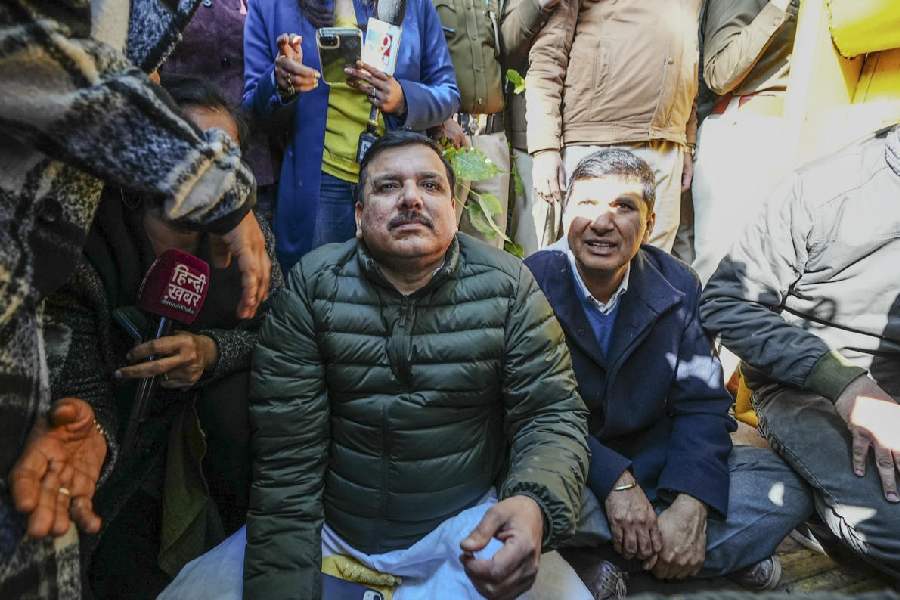Winning on the world stage is always more exciting than kudos at home. India is celebrating that “Naatu Naatu” from the Telugu film, RRR, has won the Golden Globe award for best original song with as much dancing as is needed to match the memorable display of choreography on the screen. In some ways the sequence is uniquely Indian, being part of the song-and-dance tradition in popular, big-budget films since the 1960s, with films from the southern states gradually gaining visibility in spite of the blinding dazzle of the Bombay industry. Actors dance and singers lend their voices in characteristic ‘playback’ when characters feel love or hate, lust or loneliness; they sing and dance together to celebrate weddings or patriotism or, as in this winning song, to display, with unabashed energy, a cultural and choreographical superiority. The phenomenon is a marker of the popular Indian film, enjoyed in many cultures without its obvious artificiality getting in the way. Instead, a director such as Baz Luhrmann could feel there was much to learn from its joyous vigour.
This is the world of glamour and riches, of lights, sound and cheering audiences. Indian films without songand-dance sequences have had quieter but enduring trajectories abroad — Satyajit Ray’s Pather Panchali would be a good start. The world these films represent is more shadowed, perhaps indirect reminders of the arts that are obscured by glitter. Does the celebration of the Golden Globe for best original song tend to drown out other voices, sweet or grating, singing through the ages in the old folk forms, on the river or around a ritual mound, leaping up with sticks and swords or swaying in a collective embrace, with melodies and rhythms bursting from instruments growing rare with few people to make them and even fewer to play them? High art is comparatively visible — the works of certain Indian visual artists command high prices, while the work of craftspeople, from weavers to mask-makers, forms part of Indian ‘exotica’. But what happens to these latter arts at home? It is not just folk musicians who seem to be falling silent, but numerous others too, such as the makers of puppets or pats, the latter singing their stories, are disappearing from sight. They may occasionally be found in a fair or special exhibition, each like a little ‘reservation’. The issue here is not just that of a changing world. If local were global then the strains of bhatiali could have captured hearts across the seas long before “Naatu Naatu” was conceived. The question is about the way India wishes to curate its cultural riches. It is not the State alone but the people as well who must be aware of their creative wealth in order to know, enjoy and own it. And show it off. That requires attention and complicated responses. Surrendering to dazzle is taking the easy way out.











